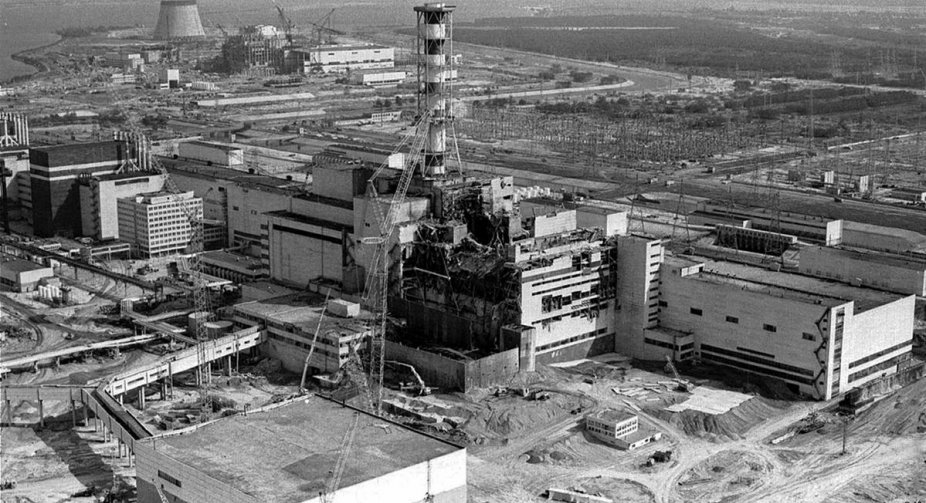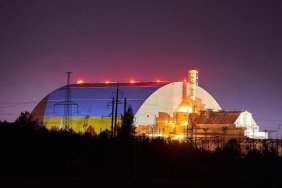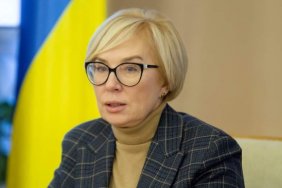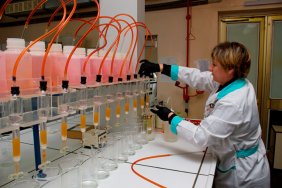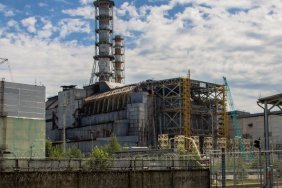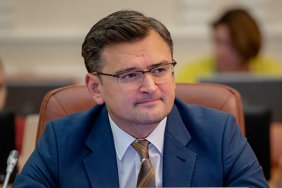Every year on April 26, Ukraine and the world remember the tragedy at the Chornobyl NPP and the feat of the liquidators of the accident. 37 years have passed since that time, but the nuclear danger has not disappeared. The Chernobyl nuclear power plant was once again under threat of disaster – this time due to the Russian invaders.
The accident at the Chornobyl nuclear power plant occurred on the night of April 26, 1986, during scheduled tests at the 4th power unit. After a sudden power surge, an explosion occurred, as a result of which the nuclear reactor was destroyed and a severe fire started.
A cloud of radioactive substances rose into the air, covering large areas of Ukraine, Belarus, part of Russia and European countries. According to the International Nuclear Event Scale (INES), the accident at the Chernobyl nuclear power plant provided the highest - 7th level of danger.
However, it was not immediately known about the seriousness of the consequences of the disaster. In the early days, Soviet leaders tried to hide the accident not only from other countries, but also from citizens of the Union.
The evacuation of the residents of the city of Pripyat, which was located closest to the epicenter of the explosion, was announced only a day before. Then, for another three days, residents of villages 10 km from the accident site were taken out of the danger zone. Mass May Day demonstrations took place in Kyiv, where a cloud of radioactive dust was moving.
The details of what happened were told by the head of the USSR Mikhail Gorbachev in his address to the citizens only on May 14.
Work on the elimination of the accident began with extinguishing the sources of ignition. In the early days, the fire was extinguished from helicopters, dropping a special mixture on the destroyed reactor to prevent heating and reduce radioactive emissions.
Later, there was a threat of radioactive contamination of the soil and groundwater. To avoid this, a tunnel was dug under the reactor and a 30-meter wall was built.
The liquidation lasted until 1987. During this time, a protective "sarcophagus" was built over the destroyed 4th power unit.
The station was completely shut down in 2000, and in 2019, a new protective confinement above the "sarcophagus" - the "Shelter-2" arch - was put into operation.
In total, about 240,000 people took part in the work to eliminate the accident at the Chernobyl nuclear power plant. Many of the liquidators sacrificed their health and lives in the fight against the "invisible enemy" - radiation.
The exact number of people killed in the disaster is still unknown. The first to die were two workers who were at the station at the time of the explosion, and firefighters who extinguished the fire without radiation protection.
31 people died of radiation sickness within 3 months after the tragedy. In the following years, 60 to 80 people died as a result of radioactive exposure, and 134 people suffered from radiation sickness.
According to Greenpeace and the international organization Doctors Against Nuclear War, up to 600,000 people could be injured as a result of the accident and its consequences. Medical studies indicate an increase in cancer cases in Europe after the tragedy, including thyroid cancer and leukemia.
After the accident, 200,000 square meters were contaminated with radiation. km, 70% of them are the territories of Ukraine, Belarus and Russia. About 5 million hectares of land became unsuitable for agriculture, and an Exclusion Zone was created for 30 km around the NPP.
A new threat to the Chernobyl nuclear power plant arose from the first day of the full-scale invasion of the Russian Federation.
On the evening of February 24, 2022, it became known about the capture of the station by Russian troops who entered Ukraine from the territory of Belarus. They used the Chernobyl nuclear power plant as their own base, stationed equipment there. NPP workers and National Guard soldiers were held hostage by the occupiers.
According to Yevhen Kramarenko, the head of the State Agency of Ukraine for Management of the Exclusion Zone, the Russians planned to seize the nuclear power plant for a long period. At the very beginning of the occupation, Rosatom employees arrived at the Chernobyl NPP, who were to become the "new management".
Due to shelling on March 9, the station was completely de-energized. The electrical power required for the safe storage of spent nuclear fuel was provided by diesel generators.
"Ukrenergo" restored the external energy supply, but later the shelling was repeated several more times. On March 11, information appeared regarding the preparation of a terrorist attack by the Russians at the station.
After three weeks of occupation, the NPP personnel managed to partially evacuate. Instead, 46 volunteers from among the employees came to support the work of the station.
On March 31, the Russian occupiers left Chernobyl under the pressure of the Armed Forces. At the same time, it was not without looting.
The amount of damages is estimated at 135 million dollars. The Russian military stole or destroyed about 698 computers, 344 cars, 1,500 radiation dosimeters, and almost all fire extinguishing equipment that was at the Chernobyl nuclear power plant.
On April 2, 2022, the Ukrainian flag was raised over the Chernobyl nuclear power plant again. The National Guard took the station under guard. Direct communication with the International Atomic Energy Agency (IAEA), which was interrupted on March 10, was also restored.
In February of this year, experts of the Atomic Energy Agency conducted another inspection of the Chernobyl nuclear power plant, during which no violations were found.
As the head of the National Police of the Kyiv region, Andriy Nebytov, said, video surveillance equipment has already been installed in the Chernobyl nuclear power plant area, which allows 24/7 monitoring of any movements at a considerable distance. Special sound sensors and cameras are also used, capable of detecting objects such as drones or missiles and notifying the air defense forces about them.
However, in the conditions of war and the constant threat of Russian missile attacks, the Chernobyl nuclear power plant still remains in danger.
